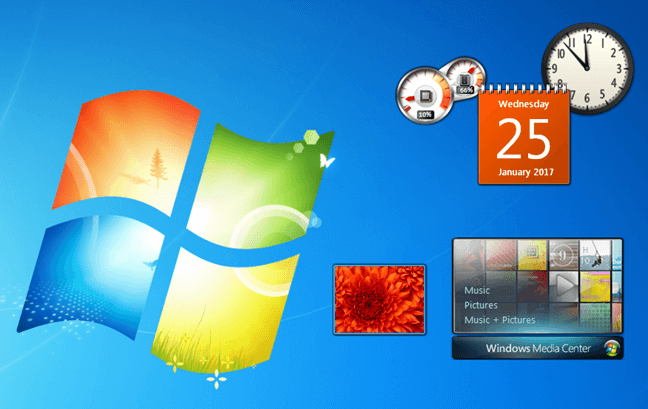
14 Features Of Windows Server 2012
Windows server 2012, the server version of windows 8, is the sixth edition of the Windows server. It is an upgraded version of the Windows server 2008. It was accompanied by a couple of pre-release versions, including a beta version and a developer preview.
1. Freedom To Choose The Interface
In the past, if you installed server core, you were stranded in a dark place where only the command line acted as your interface. However, the advent of Windows 8 has changed that as now users have choices. MS realized that both command line, as well as Graphical User Interface (GUI), is preferable for undertaking a wide range of tasks.
2. Server Manager
One of the striking features of the new server manager is its multi-server capability, which makes it easier to deploy features and roles remotely to virtual as well as physical servers. A large number of servers can be managed simultaneously via a server group.
3. Server Message Block, Version 3.0
This protocol has been improved quite significantly. The upgraded version has an array of new features such as SMB Scale out, SMB Multichannel, SMB encryption etc. This version is tailor-made for Hyper-V, where the VHD files and VM configuration files can be hosted on SMB 3.0.
4. Dynamic Access Control
Microsoft has shifted its approach from providing separate security resources to integrating built-in security into every part of the operating system.
5. Powershell Management Is Omnipresent
PowerShell is the primary management tool. Unlike the Server 2008 R2, the Windows Server 8 has a collection of PS cmdlets for managing Hyper V 3.0 and it provides more than 2300 cmdlets to manage all the Windows Server applications.
Start your 7-day free trial with QuickStart and get trained for Windows Server 2012 today!
6. The Server Core Forms The Default Server Environment
It puts to use a minimalist server core which acts as the default server environment. The Graphical User Interface is also considered a feature in Windows server 8. A user can now undertake the initial server configuration using this interface and remove it once you are done.
7. The NIC Teaming Has Been Incorporated
This feature was due for a long time. Earlier, the ability to get NIC teaming for your Windows could be availed only through specialized NICs from Intel. But now, Windows 8 Server has the ability to work across diverse NICs.
8. Not Oriented Toward Single Server
It features an advanced server manager which is not oriented toward single server management. Cloud concept has been incorporated while designing this server, which allows it to manage multiple servers simultaneously. Also, its dashboard lets you drill down into local servers.
9. Scalability Of The Cluster Has Been Widened
Earlier, the Windows Server could only handle clusters comprising 16 nodes, but the windows Server 8 can effortlessly handle nearly 63 nodes.
10. Enhancement Of The SMB
This protocol has witnessed significant advancements as the SMB of the Windows Server 8 adds resiliency without any special configuration. Also, the databases of server applications such as MS SQL Server can now be easily stored on SMB 2.2.
11. Migration Can Be Undertaken Without Shared Storage
It comes as a boon to small and medium-sized businesses as this feature enables businesses to avail the merits of virtualization which are otherwise beyond the reach of small businesses
12. Elimination Of Duplicate Copies Of Data
Window 8 server has an integrated feature enabling data compression primarily through elimination of duplicate copies. It functions in the background to automatically detect duplicate data. This data is then stored separately.
13. It Supports Live Migration
This feature was developed in tandem with the Hyper-V 2.0. Unlike the previous version which could undertake a single live migration, at a time, the upgraded version has the ability to undertake multiple migrations simultaneously.
14. Live Migration Storage
It gives your system the capability to move your CM storage whilst the VM is still running. It is easy to move virtual hard disks to different locations while the VM is still running. So, you don’t require your VM to go offline as you’re moving your VM files to a different location.
The configuring advanced windows server 2012 services course can be your pathway to a bright future as a system administrator in the US. Do get in touch with us if you have any questions.
